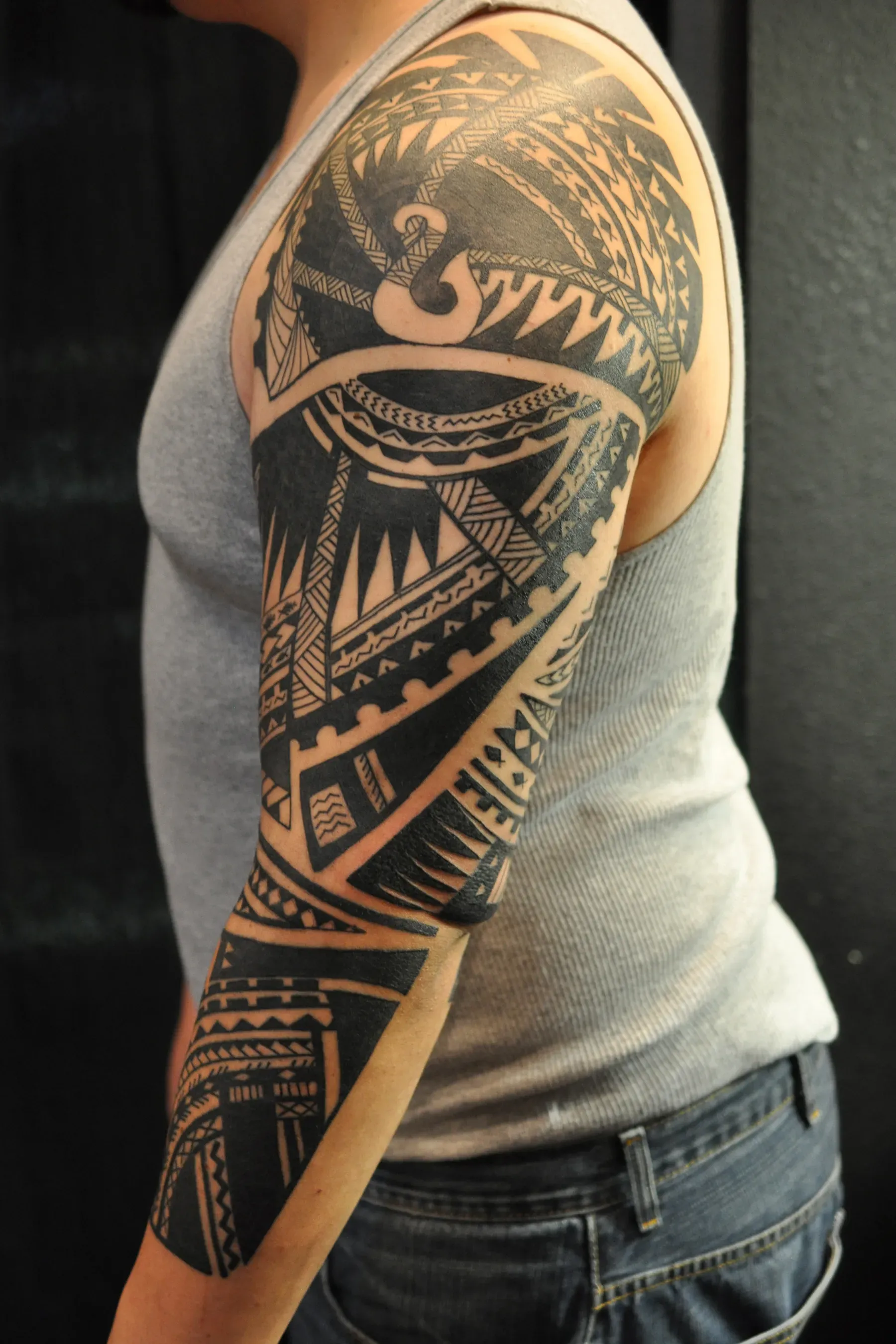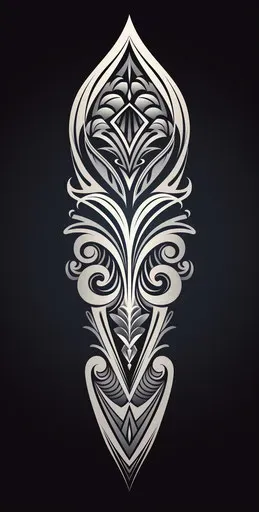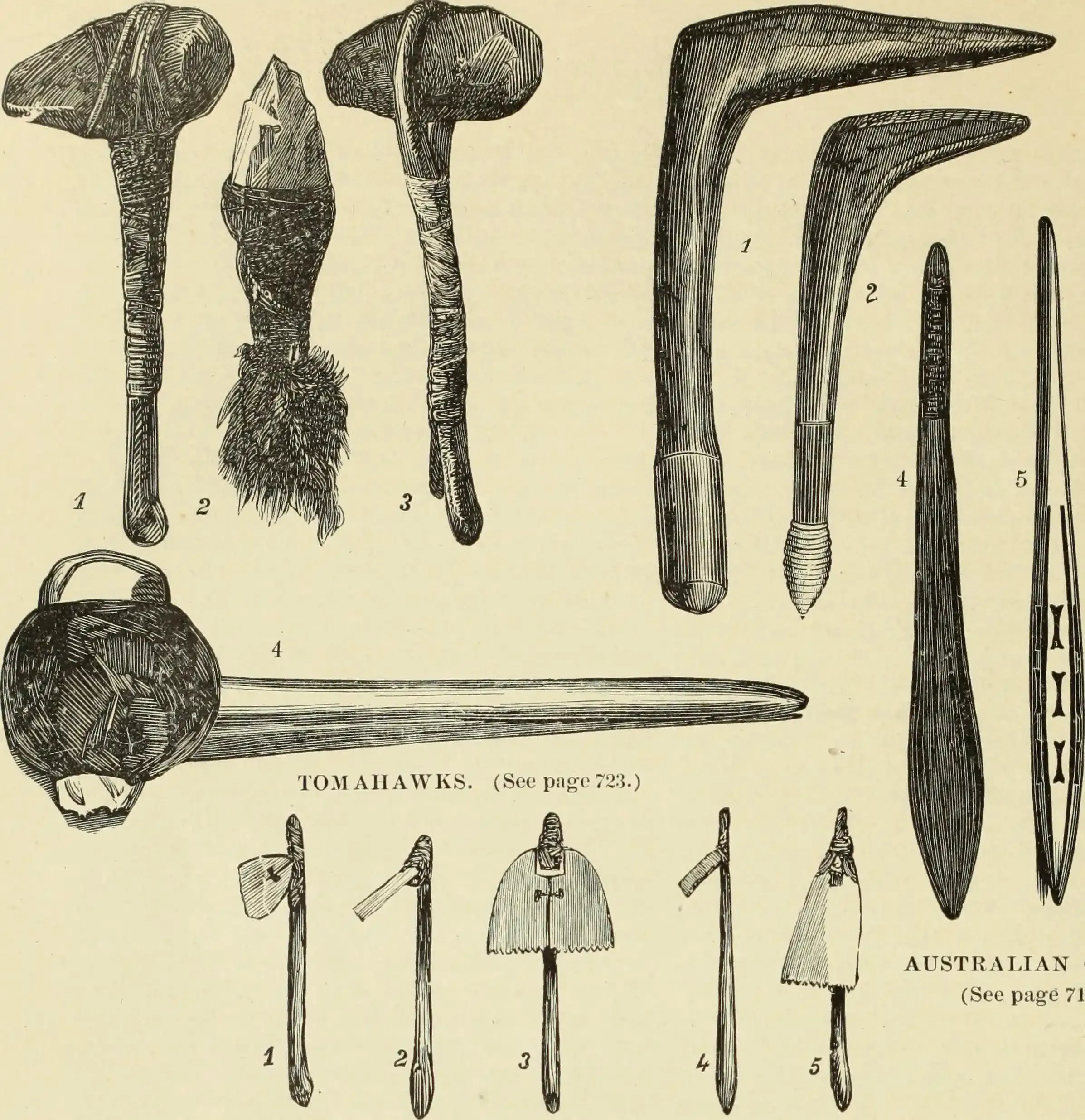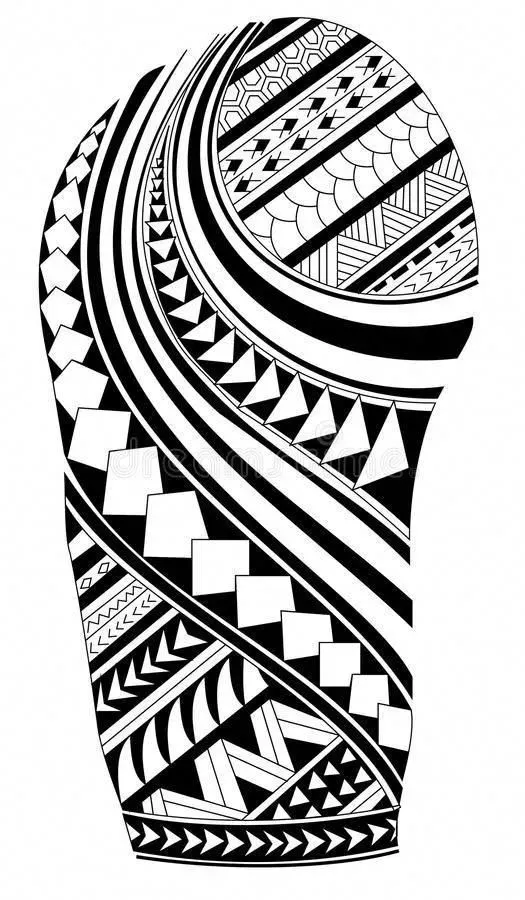Table of Contents
Walk down any street, scroll through social media, and you'll likely see intricate patterns etched onto skin. Polynesian tattoo designs have exploded in popularity, moving from sacred cultural practice to global fashion statement. What many admire as visually striking body art often carry histories far deeper than ink on skin. These aren't just random cool shapes; they are a language, a map of identity, lineage, and life events.
The Sacred History and Cultural Roots of Polynesian Tattoos
The Sacred History and Cultural Roots of Polynesian Tattoos
Forget what you think you know from Hollywood. Polynesian tattoo designs weren't some edgy fashion choice back in the day. This was serious business, deeply woven into the fabric of island life. We're talking about ancient traditions where the *tatau* wasn't just decoration; it was a living history book etched onto the body. Priests, known as *tufuga tā tatau*, held the exclusive, often hereditary, right to perform this sacred art, using tools crafted from bone, shell, and wood, tapped with a mallet. Getting inked wasn't a walk in the park either; the process was intensely painful, a test of endurance, often done over days or even weeks, marking significant life events like puberty, marriage, or achieving a certain status within the community.
Key Polynesian Tattoo Symbols and Their Deep Meanings
Key Polynesian Tattoo Symbols and Their Deep Meanings
So, you’re diving into the symbols, huh? This is where the real magic, and sometimes the confusion, happens with polynesian tattoo designs. Every swirl, every line, every motif isn't just filler; it carries weight. Think of shark teeth (Niho Mano) – not just a cool pattern, but often protection, guidance, power, and even ferocity. That jagged shape? It could represent strength or the warrior spirit. Then there’s the ocean (Moana), a massive theme, signifying life, death, the journey, connection to the ancestors, and fertility. It's the unpredictable force that surrounds the islands and the people.
Popular Polynesian Tattoo Designs and Body Placement
Popular Polynesian Tattoo Designs and Body Placement
Building Your Body Story: Design Styles
Alright, so you've got the history and the symbols rattling around your brain. Now, how do these things actually look on skin? When people talk about polynesian tattoo designs today, they often picture those dense, blackwork pieces covering large areas. Think full sleeves, chest plates, back pieces, or leg wraps. These aren't just random patterns thrown together.
Masterful designs weave together multiple symbols – shark teeth flowing into ocean waves, spearheads forming bands, Tiki figures standing guard. The layout itself matters, creating a visual narrative. It’s like building a complex puzzle where each piece adds meaning and connects to the next. You see bands around the upper arm signifying strength or lineage, panels on the chest for protection, or patterns on the legs representing movement and journey.
Mapping the Body: Traditional Placement
Where you put the tattoo is just as important as what the tattoo is. Traditionally, specific body parts held immense significance for *tatau*. The head, being the most sacred part, often bore intricate facial tattoos (*moko* in Māori culture, though practices varied across islands) that displayed identity, status, and lineage. Getting your face tattooed was a major declaration to the world.
Other key areas included the chest and back, often representing protection and connection to ancestors. Arms and legs symbolized strength, agility, and the ability to work or fight. The hands and fingers could denote skill or profession. It wasn't a casual decision; the placement amplified the symbol's meaning, literally embedding your story onto the map of your physical self. While modern polynesian tattoo designs might appear anywhere, understanding the traditional canvas adds another layer of respect and meaning.
- Common traditional tattoo placements:
- Head/Face: Identity, status, lineage, sacredness.
- Chest: Protection, connection to family/ancestors.
- Back: Lineage, history, burden carried.
- Arms: Strength, skill, warrior status.
- Legs: Movement, journey, independence.
Choosing Your Unique Polynesian Tattoo Design
Choosing Your Unique Polynesian Tattoo Design
So you're hooked on the idea of getting a piece of this history etched onto your own skin. Before you rush off to the nearest tattoo shop with a screenshot from Instagram, pump the brakes. Choosing your unique polynesian tattoo design is more than picking a cool pattern; it's about respect, understanding, and making sure your design actually tells *your* story, not just a random collection of symbols you Googled. This isn't like picking a font for your resume. You need to do your homework. Find an artist who specializes in Polynesian art, someone who understands the cultural nuances, not just the aesthetics. Talk to them about what's important to you – your family, your journey, your challenges, your strengths. A good artist will help you weave these elements into a design that resonates authentically, avoiding the pitfalls of cultural appropriation by creating something personal and meaningful to you, while honoring the tradition.
More Than Skin Deep: The Enduring Legacy of Polynesian Designs
So, there you have it. What started as sacred markings steeped in ritual and identity has journeyed across oceans and generations, landing on bodies far from their ancestral islands. Polynesian tattoo designs are undeniably cool to look at, but reducing them to mere decoration misses the point entirely. Each line, each symbol, carries echoes of history, tales of ancestors, and a visual language developed over centuries. Approaching these designs with respect for their origins isn't just good manners; it's essential to understanding the true power embedded in the ink. Before you get that shark tooth or tiki symbol, know what it means. It's a small step, but it acknowledges that some art comes with a story that deserves to be heard, not just worn.